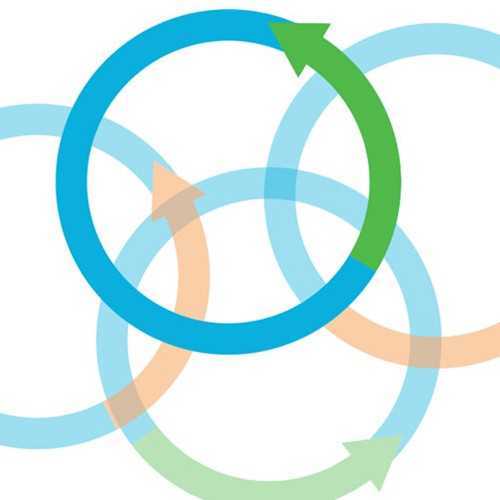pLU-JARID1B promoter-EGFP Lentiviral Plasmid
The pLU-JARID1B promoter-EGFP lentiviral plasmid drives cytoplasmic EGFP expression controlled by the co-cloned human JARID1B promoter, allowing for the isolation of live JARID1B-positive cells.
JARID1B (KDM5B/PLU-1/RBP2-H1) is a member of the highly conserved family of jumonji/ARID1 (JARID1) histone 3 K4 (H3K4) demethylases which are involved in tissue development, cancer, and normal stem cell biology. In normal adult tissues, JARID1B is marginally expressed with dramatic peak expression levels in regenerative tissues like testis and bone marrow. In cancer, JARID1B functions as a transcriptional regulator of oncogenes via direct interaction with promoter sites. Depending on the cancer context, JARID1B is associated with either positive (melanoma) or negative (breast cancer) cell cycle control.
From the laboratory of Meenhard Herlyn, DVM, DSc, The Wistar Institute.
 Part of The Investigator's Annexe program.
Part of The Investigator's Annexe program.
The pLU-JARID1B promoter-EGFP lentiviral plasmid drives cytoplasmic EGFP expression controlled by the co-cloned human JARID1B promoter, allowing for the isolation of live JARID1B-positive cells.
JARID1B (KDM5B/PLU-1/RBP2-H1) is a member of the highly conserved family of jumonji/ARID1 (JARID1) histone 3 K4 (H3K4) demethylases which are involved in tissue development, cancer, and normal stem cell biology. In normal adult tissues, JARID1B is marginally expressed with dramatic peak expression levels in regenerative tissues like testis and bone marrow. In cancer, JARID1B functions as a transcriptional regulator of oncogenes via direct interaction with promoter sites. Depending on the cancer context, JARID1B is associated with either positive (melanoma) or negative (breast cancer) cell cycle control.
From the laboratory of Meenhard Herlyn, DVM, DSc, The Wistar Institute.
 Part of The Investigator's Annexe program.
Part of The Investigator's Annexe program.
This product is for sale to Nonprofit customers only. For profit customers, please Contact Us for more information.
| Product Type: | Plasmid |
| Gene/insert name: | JARID1B promoter |
| Antibiotic Resistance: | Ampicillin |
| Fusion Tag(s): | EGFP (C terminal on backbone) |
| Grow in E. coli at 37 C: | Yes |
| Selectable markers: | Blasticidin |
| Cloning Site 5': | Unknown |
| Cloning Site 3': | EGFP-N |
| Insert Size: | 249 bp |
| High or low copy: | High |
| Storage: | -20C |
| Shipped: | Ambient temperature as Liquid |
- Roesch A, Fukunaga-Kalabis M, Schmidt EC, Zabierowski SE, Brafford PA, Vultur A, Basu D, Gimotty P, Vogt T, Herlyn M. A temporarily distinct subpopulation of slow-cycling melanoma cells is required for continuous tumor growth. Cell. 2010 May 14;141(4):583-94.
If you publish research with this product, please let us know so we can cite your paper.


